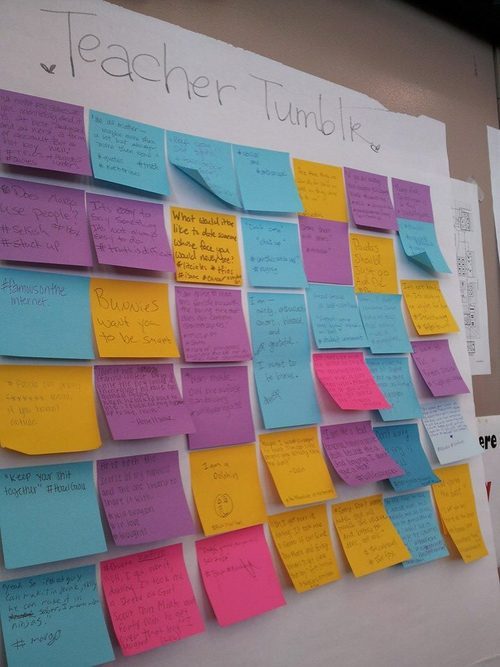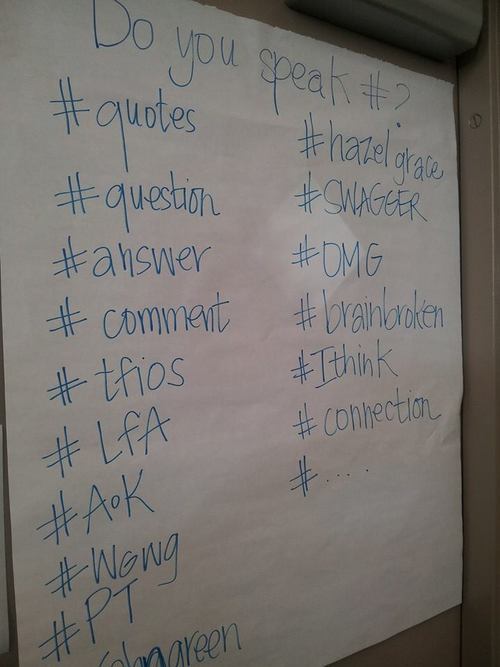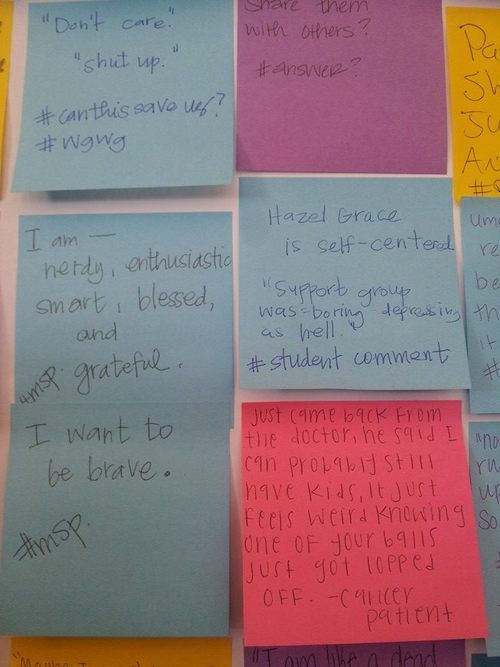In a social media workshop for educators that I facilitate I challenge participants to try 'one' new thing that week... these guidelines may help those who have started to use social media take that step further.
What you should tweet about:
- Sharing innovative strategies and news from your schools. As an educational leader, we are a needed voice and advocate for our own practices. Twitter only allows for 140 characters, so often you will have a link to an article or accompanying blog post within that space. This is a great way to be your own “press” while also contributing to the greater good of education. Sharing is a must!
- Educational articles that influence your thinking. I read so much online and you probably do to. If you believe that the article written by an organization or another educator is beneficial to your learning and/or the learning of others, tweet it out.
- Thoughts and quotes. As leaders we need to be thinkers. Sometimes it is nice to have a space where we can share these thoughts. Also, these short quotes may be just the fuel someone else needs to push through
- Questions that will help you or your organization. Last year, I wondered what would be the best portfolio platform to serve our student needs. Instead of starting from scratch, I decided to ask this exact question to my Personal Learning Network on twitter. Not only was the research already done by others, someone actually helped me create the platform! (Warning: Do not get frustrated if you ask a question and do not get a response early. You have to build a network of others first!)
- Support others educators. You are a leader and the best leaders empower others. Twitter is a platform you can do this with your staff, or educators all over the world. Retweeting other work is a way of saying that you enjoyed what they shared.
- Some personal information. This is where some educators may disagree with me. Here is my philosophy. As an educator, I am a person first. When I share who I am with my students, we build a stronger connection. Sharing with people (every once in awhile) helps to build relationships as they realize you are person who goes to the gym, eats food, and likes music. My belief; share what you would be willing to share with students (Twitter is public), but this should not be the majority of your tweets.
What you SHOULD NOT tweet about:
- Do not use any profanity. You wouldn’t do it in front of kids. When you are on Twitter, you are in front of kids. Don’t do it.
- Do not get into “fights” with others. Same as above.
- Do not share links to sites that are inappropriate. Same as above.
- Lose the negativity. Yes sometimes educational issues drive me nuts and I am bothered by some of the things I hear. The occasional tweet about this shows that you are a person. Doing it ALL THE TIME though is not what makes a leader. People want to surround themselves, and be surrounded with positivity. This needs to be emulated in your tweets. Stay positive and if you can’t, stay off Twitter until you get there.




 I absolutely LOVE this activity. I have tried similar strategies, but this teacher describes in detail the process and outcome - I love it!
I absolutely LOVE this activity. I have tried similar strategies, but this teacher describes in detail the process and outcome - I love it!


